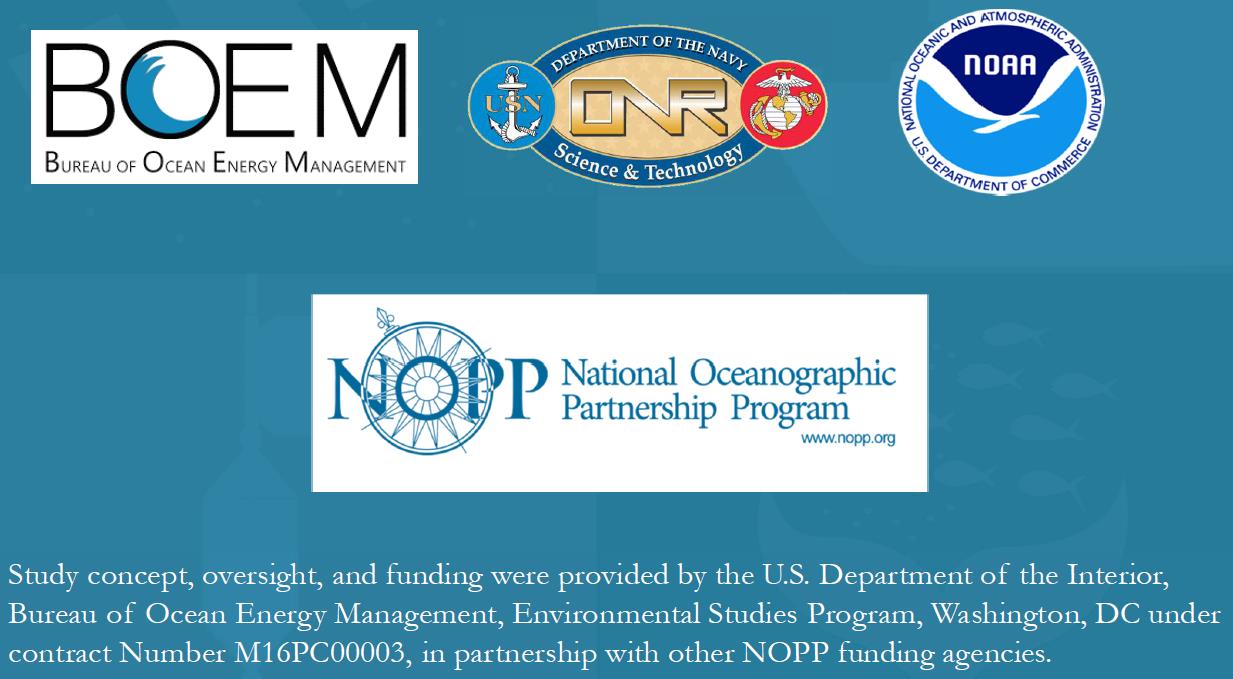Written by Sebastian Velez.
It has been a few days since my last blog and quite a few things have been identified since then. Once again this is Sebastian Velez, your designated fish guy, with another installment of the ADEON Cruise Blog. The last few days have been relatively low-key onboard the R/V Armstrong as we continue to wait out some bad weather before we get back to work doing our acoustic surveys and sampling the deep for some cool critters. The final leg of this cruise, with regard to the biological sampling, will be focusing on some of the deeper animals we’ve been coming across. Recently we’ve been lucky enough to come across a few anglerfishes including one larval individual (which you can see below), many different species of lanternfishes (myctophidae), some sabertooth fish, viperfish, bristlemouths, deep-sea lizard fish, and hatchetfish. Many of these fishes contain specialized light-emitting organs called photophores located across their bodies and can be utilized in a number of ways. The most famous of which comes from the anglerfish which uses a specialized glowing lure, often located on top of their head, to attract smaller fishes closer to its mouth where it can then eat them. But what happens when a deep-sea predator eats something that glows itself? Wouldn’t having a glowing belly make you a prime target for a bigger predator or make it easier for prey to spot you? To prevent this from happening many deep-sea animals have their stomachs lined with black tissue which prevents any light from escaping recently devoured prey, thus keeping their location a secret.
Photophores can also be used for defense. Many species like lanternfishes and hatchetfishes have photophores located in patterns along the underside of the fish. When these photophores activate they break up the silhouette of the fish making it more difficult to see from below where predators might be hiding. Living in the deep sea can be especially hazardous when considering the huge pressures and low temperatures these animals deal with on a constant basis, so it is all the more impressive seeing the adaptations they have evolved to cope with this extreme environment and become successful.


